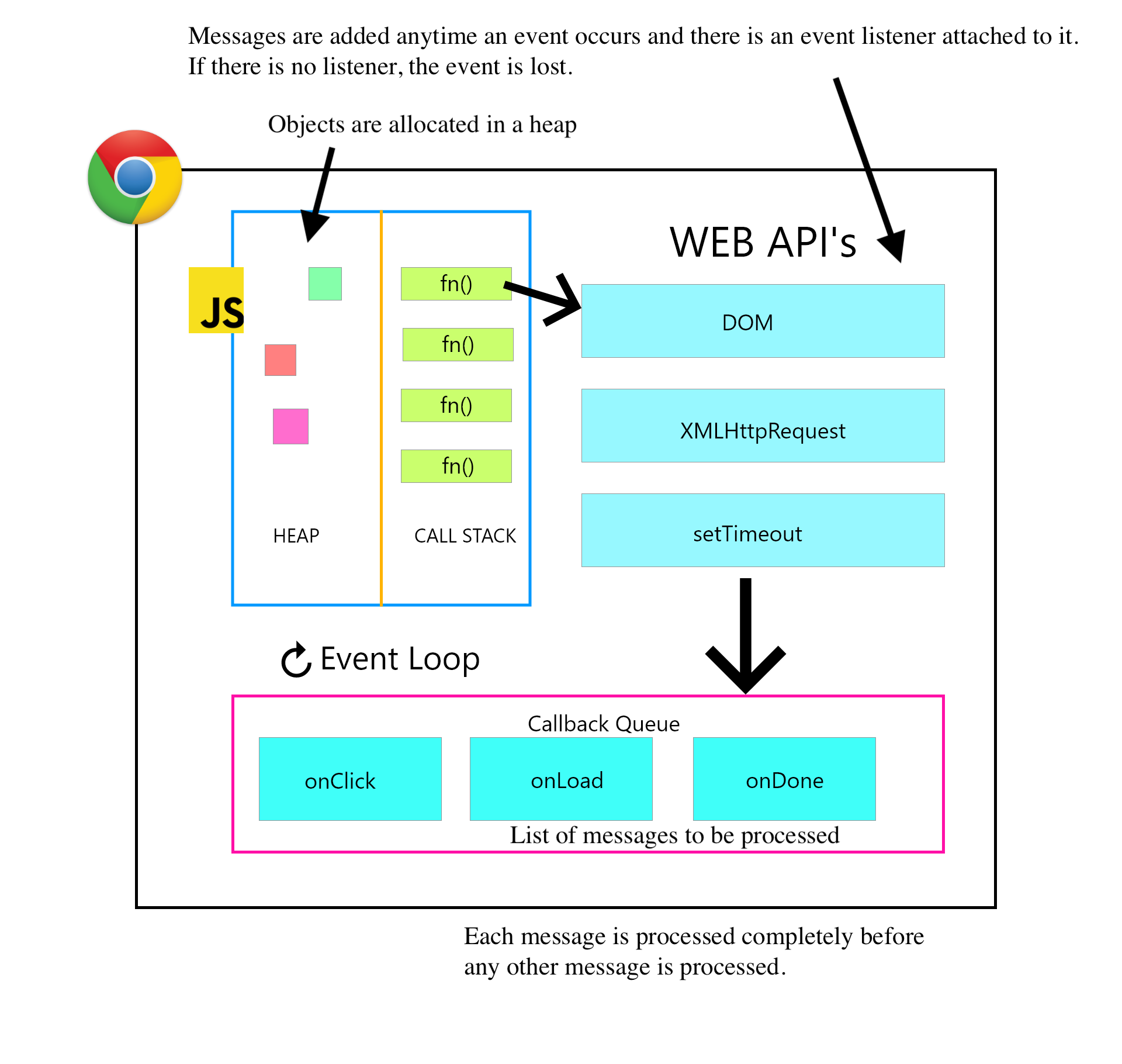Sistemas y Tecnologías Web: Servidor
Master de II. ULL. 1er cuatrimestre
Organization ULL-MII-SYTWS-2122 Classroom ULL-MII-SYTWS-2122 Campus Virtual SYTWS Chat Chat Profesor Casiano
Table of Contents
El código:
1
2
3
4
image.addEventListener("load", function() {
console.trace();
container.appendChild(image)
});
hace que el evento load sea registrado en el elemento image que ha sido creado dinámicamente, pero el setTimeout que lo envuelve hace que dicho registro ocurra
después de al menos waitFor milisegundos.
Por tanto, si pasa cierto tiempo es posible que el evento load (la carga de la imagen)
haya ocurrido antes que el manejador sea registrado.
Event listeners are not called if they are attached after the event has already fired. “You snooze, you lose.”
Test adicional: Con let waitFor = 0 pruebe a recargar la página. ¿Que ocurrirà?
¿Pasa lo mismo con todos los navegadores?

1
2
3
4
5
6
7
8
9
10
11
12
13
14
15
16
17
18
19
20
21
22
23
24
25
26
27
28
29
30
31
32
33
34
35
36
<!DOCTYPE HTML>
<html lang="en">
<head>
<meta charset="UTF-8">
<title>Asynchronous Image Loading</title>
</head>
<body>
<div id="holder-div"></div>
<script type="text/javascript">
let image = new Image(100),
//url = "https://elementscpa.com/wp-content/uploads/2017/08/elementscpa-business-infinity-loop-tal-e1504182065499.png",
url = "infinity-loop.png",
container = document.getElementById("holder-div");
image.src = url; // I suppose the "load" process starts here
let waitFor = 0;
//let waitFor = 2000;
setTimeout(function(){
// The onload event occurs when an object has been loaded
// We only append it to the container when the load has finished
// If 1000 the handler is inserted in the event queue too late
// If an EventListener is added to an EventTarget while it is
// processing an event, that event does not trigger the listener.
image.addEventListener("load", function() {
console.trace();
container.appendChild(image)
});
}, waitFor);
</script>
<a href="http://www.infoq.com/presentations/javascript-concurrency-parallelism">Concurrency and Parallel Computing in JavaScript (Recorded at: StrangeLoop) by Stephan Herhut on Mar 05, 2014 </a>
</body>
</html>